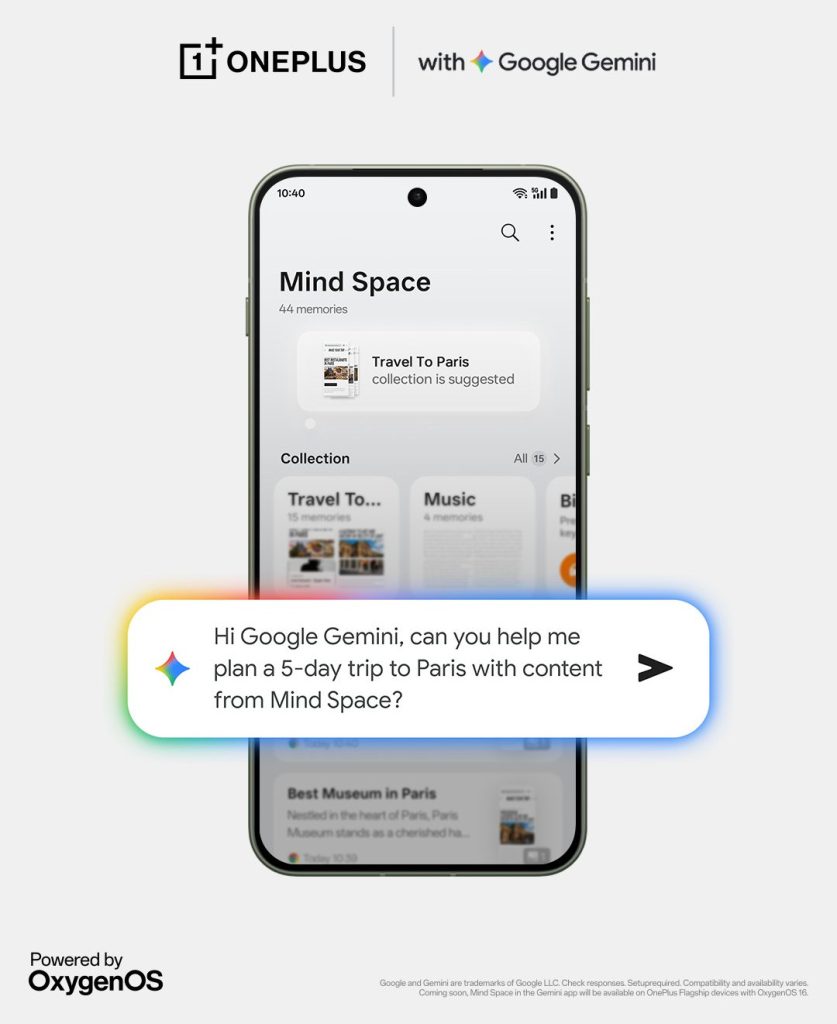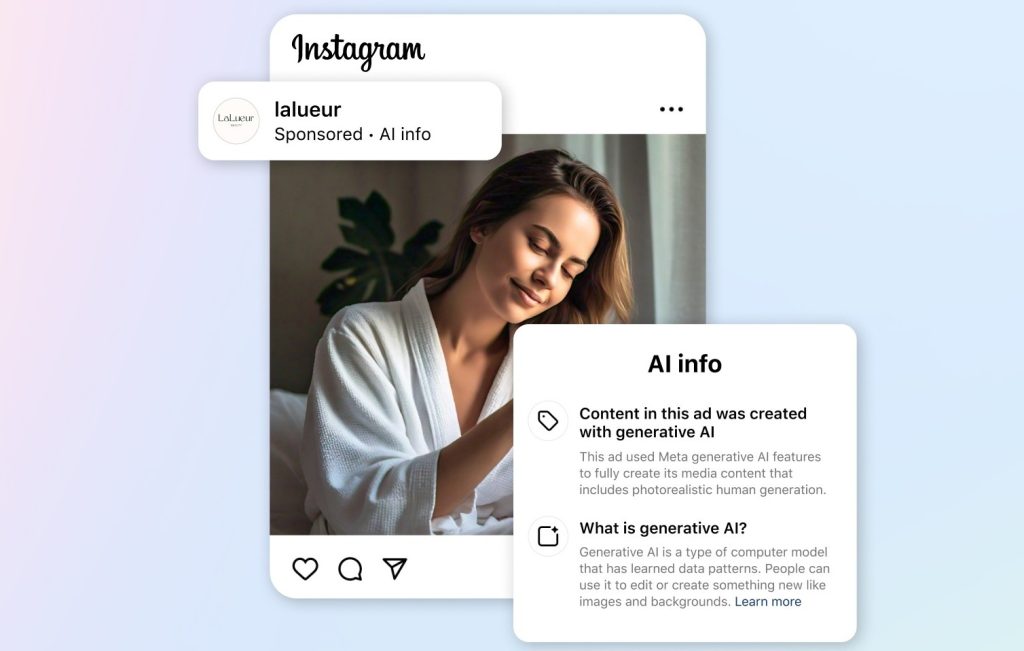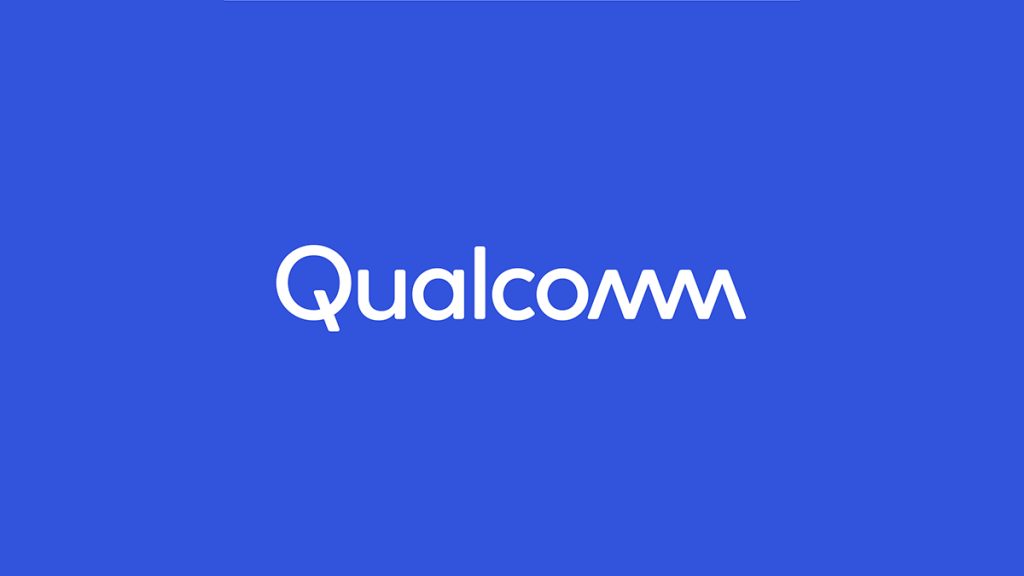Addressing Persistent Privacy Concerns
Adam Mosseri, the head of Instagram, has once again addressed long-standing user suspicions that the platform utilizes device microphones to listen in on conversations for targeted advertising. In recent public statements, Mosseri emphatically denied these claims, asserting that Instagram does not and has no need to access user microphones for such purposes.
This reiteration comes amidst a persistent belief among some users that ads appearing after real-world conversations are proof of active listening. Mosseri’s response, however, highlights the sophisticated capabilities of modern artificial intelligence and the vast amount of data users willingly provide, which together render direct audio surveillance redundant for advertising.
The Power of Passive Data Collection and AI
Mosseri explained that Instagram's AI systems are incredibly adept at inferring user interests and preferences from a myriad of passive data points. This includes, but is not limited to, content users engage with (likes, comments, shares), accounts they follow, direct messages, search queries, Reels watched, and even time spent on various types of content. This rich tapestry of behavioral data, processed by advanced algorithms, provides more than enough information to create highly targeted advertising profiles without ever needing to activate a device's microphone.
- Engagement Data: What posts, stories, and reels users interact with.
- Follower Graph: Which accounts a user chooses to follow and unfollow.
- Search History: Queries made within the Instagram app.
- Demographic Information: Data provided during account setup or inferred.
“We don't listen to anything. We have a lot of data from what you provide us directly and what we infer from your activity, so we don't need to.”
— Adam Mosseri, Head of Instagram
Why This Matters for Consumers and the Industry
Mosseri's clarification underscores a critical shift in the privacy discourse. While the idea of a social media app actively listening to private conversations is alarming, the reality is arguably more complex and equally potent: companies can build incredibly detailed profiles of individuals using data voluntarily shared or inferred from digital interactions. This reliance on AI and passive data collection means the privacy challenge for consumers isn't just about what apps might be 'listening' to, but rather the sheer volume and granularity of data they are passively collecting and how intelligently that data can be processed. For the industry, it highlights the immense power of AI in understanding consumer behavior, making direct eavesdropping an inefficient and unnecessary practice in the era of big data.






